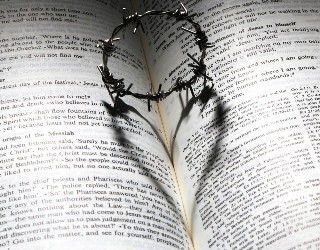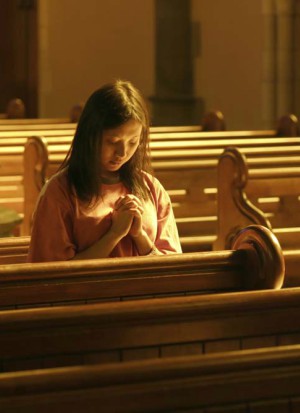 Hi readers, it seems you use Catholic Online a lot; that's great! It's a little awkward to ask, but we need your help. If you have already donated, we sincerely thank you. We're not salespeople, but we depend on donations averaging $14.76 and fewer than 1% of readers give. If you donate just $5.00, the price of your coffee, Catholic Online School could keep thriving. Thank you. Help Now >
Hi readers, it seems you use Catholic Online a lot; that's great! It's a little awkward to ask, but we need your help. If you have already donated, we sincerely thank you. We're not salespeople, but we depend on donations averaging $14.76 and fewer than 1% of readers give. If you donate just $5.00, the price of your coffee, Catholic Online School could keep thriving. Thank you. Help Now >
Was it really a meteorite? NASA scientists remain skeptical about Nicaraguan crater
FREE Catholic Classes
A meteorite crashed in Managua, Nicaragua, late on the evening of September 6, causing a loud explosion and leaving a crater 39 feet across, Nicaraguan government officials reported.
Highlights
Catholic Online (https://www.catholic.org)
9/9/2014 (9 years ago)
Published in Americas
Keywords: International, South America, Nicaragua, NASA, Asteroid
LOS ANGELES, CA (Catholic Online) - Nicaraguan spokeswoman Rosario Murillo said that they've determined that the meteorite was "relatively small" that "appears to have come off an asteroid that was passing close to Earth."
You can be a light in the darkness with "prayer and action."
NASA has not yet confirmed a link between the meteorite and the asteroid, which is a newly discovered body named 2014 RC. The 60-foot-long asteroid was expected to pass safely above the Earth that same evening at a distance of about 25,000 miles, NASA said.
Local media reported that scientists are still trying to locate the remains of the meteorite, and Nicaragua has asked the United States to help investigate the event.
"All the evidence that we've confirmed on-site corresponds exactly with a meteorite," said Jose Millan with the Nicaraguan Institute of Earth Studies.
But NASA's Bill Cooke is skeptical.
"It has been suggested that a meteorite may have caused this crater; however, the lack of fireball reports from the surrounding populated area seems to suggest some other cause," Cooke wrote in a NASA blog post.
"The skies were partially clear, and an object capable of producing a crater this large would have also generated a very bright fireball (brighter than the Full Moon) that should have been seen over a wide area."
While space agencies can usually detect any potentially harmful asteroids, sometimes they can sneak through undetected.
NASA is currently trying to speed up the way it tracks potentially hazardous asteroids and to learn how to deflect those that pose a significant threat to Earth. Its Asteroid Initiative includes a plan to capture an asteroid and put it into orbit around the moon in the 2020s. If the initiative works, astronauts will land on the asteroid, take samples and bring them back to Earth for study.
---
'Help Give every Student and Teacher FREE resources for a world-class Moral Catholic Education'
Copyright 2021 - Distributed by Catholic Online








 Daily Readings for Friday, April 19, 2024
Daily Readings for Friday, April 19, 2024 St. Alphege: Saint of the Day for Friday, April 19, 2024
St. Alphege: Saint of the Day for Friday, April 19, 2024 Stewardship Prayer: Prayer of the Day for Friday, April 19, 2024
Stewardship Prayer: Prayer of the Day for Friday, April 19, 2024


